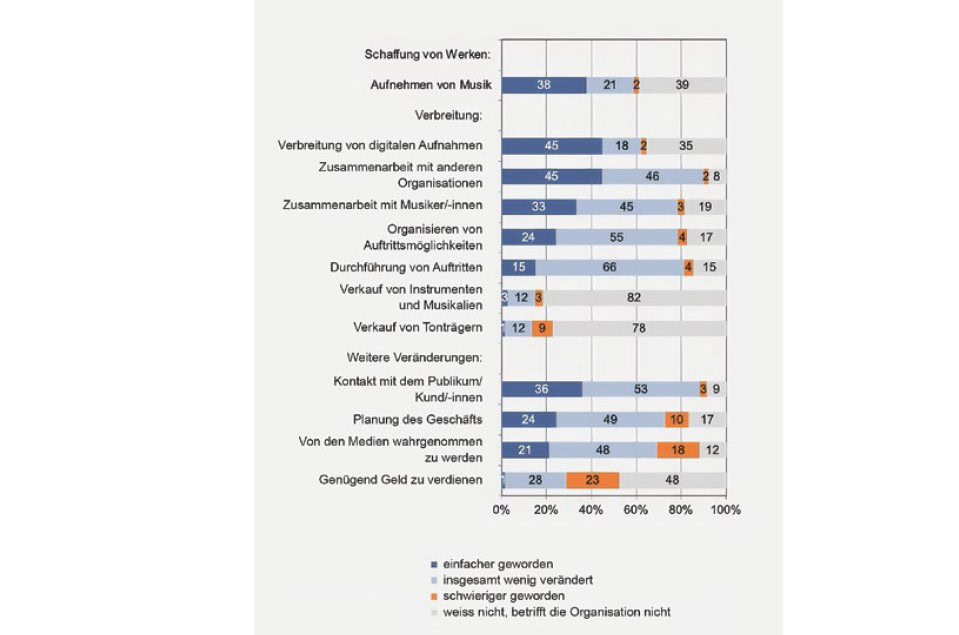The ear-to-ear conflict
Musician and conflict consultant Hans-Peter Achberger sheds light on the social inner workings of classical orchestras.

SMM - It is still not a matter of course for orchestras to be open about the less idyllic aspects of their social and psychological inner lives. They are all too happy to present a beautiful picture of making music together in harmony to the outside world. Health and social irritations are usually taboo.
Hans-Peter Achberger lifts this curtain with a work on patterns of dispute and conflict in art collectives that can be traced back to the creative processes. Achberger is a percussionist and member of the Philharmonia Zurich, the orchestra of the Zurich Opera House. The book he is presenting is a slightly revised version of a master's thesis. He originally wrote it as part of a course in mediation and conflict management at the European University Viadrina in Frankfurt (Oder).
Based on numerous interviews with his fellow Phiharmonia musicians, he develops an interesting model of patterns of disruption in creative and psychological interactions within the collective. The areas of friction are based on an excessive focus on certain aspects and are divided into four main groups: Firstly, fixations on outside influences play a role. These can be administrative processes, the audience, the acoustic conditions of a room or the size of the ensemble. The second area that Achberger sheds light on is the orchestra members' focus on themselves. This includes, for example, the fear of losing one's image, especially when one has to realize that the quality of one's own playing depends not least on the playing of others.
The third circle in the model is formed by excessive attention to interactions, i.e. to the "we". This includes, for example, arguments about questions of intonation or the choice of instruments and decisions about sound and interpretation. Finally, the fourth highlights the excessive focus on the other person, on the you. These include expectations of the artistic quality of the other person or possible competitive constellations, for example when it comes to questions of succession for the position of section leader.
The verdict is clear: "The classical orchestral music profession," the author concludes, "generates a dazzling array of social disorders typical of the profession, which can make living and working together in the orchestral community more difficult and cause personal suffering." (page 132)
Achberger also wonders how all these conflicts, which are often subcutaneous or pushed to one side, could be better dealt with or resolved. The recipe is basically obvious, even if it is more difficult to follow than expected. According to the author, what is needed is "a culture of exchange, of talking together about all those disruptive processes" (page 131). This requires institutionalized spaces in which "the meaningfulness of conflicts can be discussed and personal disturbances can be communicated" (ibid.). Due to their size, however, symphony orchestras are no longer in a position to act appropriately and purposefully without competent mediation.
Literature reference:
Hans-Peter Achberger: The ear-to-ear conflict. Disturbance patterns in musical interaction. Volume 19 of the Viadrina series on mediation and conflict management. Wolfgang Metzner Verlag, Frankfurt am Main, 2020.








